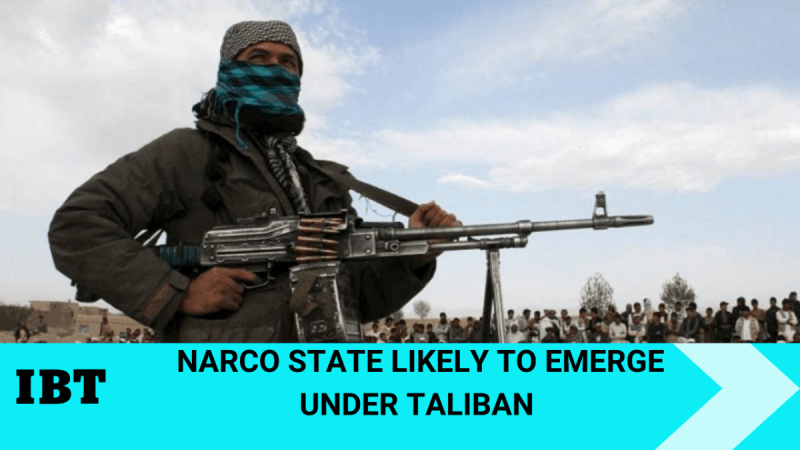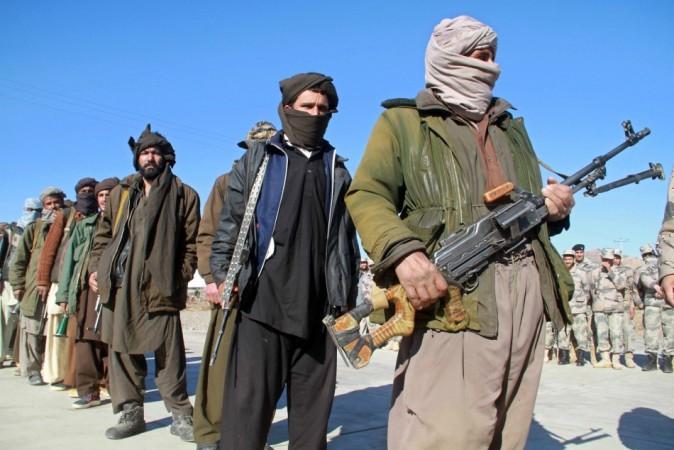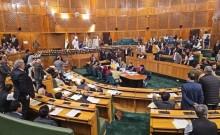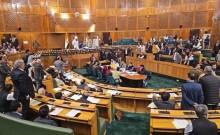From shooting school girl Malala Yousafzai to bombing schools in the name of religion, while paying lip service to peace, the Taliban has single-handedly been responsible for inflicting the most unexplainable tragedies on human kind.
Despite two decades of US-led campaign that ousted them from power, pushed into remote areas with the entire world's opinion turned against them and billions of dollars spent to stifle the group, the Taliban has remerged and seized control.
While a lot of unfortunate facts and regressive ideology of the Taliban is well-known across the world, a lot of trivia remains buried. There are far more factors that have kept the Afghan Islamic Emirate as a subject study as well as a lesson to the statecraft of survival.

Taliban means 'student'
As might be the popular belief and impression, the word Taliban per se has nothing to do with Terror or Islam. As ironic as it might sound, but the word Taliban, when literally translated, means 'student'.
Their origins are as ironic as their intentions
The Sunni Islamist organisation operates primarily in Pakistan and Afghanistan. The Taliban, as an organisation, emerged in the early 1990s and its origins can be traced back to northern areas of Pakistan. The biggest catalyst happened to be the withdrawal of Soviet troops from Afghanistan.
Before becoming an organisation, it started as an ideology. The Pashtun movement first raised its head in the religious seminaries, sponsored by money from Saudi Arabia. When it emerged, Taliban promised to restore peace and prosperity in the Pashtun areas of Afghanistan and Pakistan.
A highly professional organisation
Tough as it might be to digest, but the organisation that is strongly associated with regressive outlook and hard-line religious fanaticism, is actually one of the most professionally managed organisation. While their political office is in Doha, the Taliban has a 'cabinet' of ministers who oversee different areas of governance. The areas are divided into intelligence, political, judiciary, economic, military and about a dozen other similar areas.
It is neither local nor unorganised
When the US led coalition took over Afghanistan in 2001, many harboured the notion that the Taliban comprised of locally managed, loosely connected but well-entrenched groups which are largely unorganised. It is anyhting, but that. Taliban has a resilient army of men who believe in lifelong loyalty, impressive intelligence network, strategic planning and coordinated action.

The Taliban changes its strategy, never its ideology
The fact that they only change their strategies and never their extremist ideology is a fact vouched for by peace and human rights activists, investigative journalists across Afghanistan and world media.
From attacks in cities and military outposts meant to negotiate the Afghan governments to holding a press conference declaring that they'll put a stop on poppy cultivation -- are all pre-planned.
Pakistani Taliban attacks on school girl Malala Yousafzai in October 2012 and the Peshawar school massacre was when they lost their influence even in Pakistan, one of the four countries, to acknowledge the Taliban government when it was in power.
Strictly against education, art and culture
During the half a decade that the Taliban was in power in Afghanistan, music, books, art, culture and cinema were strictly banned. Girls could not work or go to school beyond ten years of age and public executions and floggings were as common as a bird sighting.

It earned $1.6 billion last year!
To call it one of the most infamous, notorious terrorist groups in the world will not suffice things. Despite democracies, public sentiment across the world, global sanctions against them, the Taliban reportedly earned $1.6billion in 2020, a huge amount of money that significantly contributed to its war efforts in Afghanistan.
Mullah Yaqoob, son of the late Taliban spiritual leader Mullah Mohammed Omar, revealed the income and it was revealed in a confidential report commissioned by NATO that showed the massive earnings of the group. Their revenues primarily come from the illegal opium trade.
It catches them young, starts early
A 2015 Human Rights Watch research showed that Taliban forces had added scores and hundreds of children to their ranks since mid-2015. Their strategy of training starts with child soldiers who are first brain washed, then deployed for various military operations, which include producing and planting explosives. They have traditionally and always relied on madrassas or religious Islamic schools to train children between the ages of 13 and 17.
How does the Taliban train?
If the data available on their profits and revenues is anything to go by, it is not difficult to second guess, the amount of manpower that can be sustained with that money. A 2017 study by BBC showed that at the time, about 15 million people, half the population, were reportedly either living in areas controlled by the Taliban or where the Taliban was openly present.
Reportedly, it took 80,000 Talibs to take on 3 lakh strong US-trained Afghan Army and defeat them. The US had spent $3 trillion in Afghanistan spread over 20 years. Besides the cost, many lives were lost.









